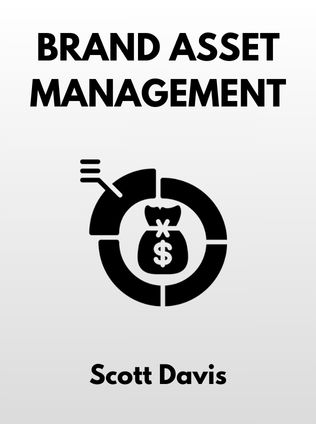
Brand Asset Management
Driving Profitable Growth Through Your Brands
By Scott Davis
Published 09/2002
About the Author
Scott M. Davis is a renowned brand strategist and the managing director at the Chicago office of Prophet Brand Strategy. He is also an adjunct professor at Northwestern's Kellogg Graduate School of Management and a contributing editor to Brandweek. Davis's expertise and insights into brand management have helped numerous companies enhance their brand value and achieve profitable growth. His book, Brand Asset Management, encapsulates his profound knowledge and provides a comprehensive guide to leveraging brands as valuable assets.
Main Idea
The core idea of Brand Asset Management is that brands are among the most valuable assets a company possesses. By strategically managing and leveraging these brands, companies can drive profitable growth and achieve their long-term objectives more effectively. Davis presents an 11-step process, grouped into four phases, to help companies develop a robust brand management strategy that aligns with their overall corporate vision and goals.
Table of Contents
- Introduction
- Phase 1: Developing a Brand Vision
- Phase 2: Determining Your BrandPicture
- Phase 3: Developing a Brand Asset Management Strategy
- Phase 4: Supporting a Brand Asset Management Culture
- Conclusion
Developing a Brand Vision
The first phase of brand asset management involves creating a Brand Vision, a crucial statement that defines the future role of the brand in achieving a company's strategic and financial growth goals. A well-crafted Brand Vision should align with the company's mission and values, and it must be supported by senior management. This vision forces management to reach a consensus on long-term growth objectives, guides research, and informs all stakeholders about the company's direction.
To develop a Brand Vision, start by conducting senior management interviews to understand their perspectives on markets, business lines, strategic and financial objectives, and the current and future role of the brand. Additionally, determine the company's financial growth gap and explore how leveraging the brand can help bridge this gap. This comprehensive approach ensures that the Brand Vision is grounded in both internal goals and external market realities.
What Makes a Brand Vision Statement?
A strong Brand Vision statement includes:
- A clear goal for the brand
- The target market
- The point of differentiation
- Overall financial goals
"A good Brand Vision gives clear direction about what role the brand should play in helping a company achieve its longer-term strategic and financial growth goals." - Scott M. Davis
Determining Your BrandPicture
Phase 2 involves understanding your BrandPicture, which is how customers perceive your brand today. This phase includes three key steps: determining your brand's image, creating your brand's contract, and crafting a brand-based customer model.
Determining Your Brand's Image
Your brand's image consists of the associations customers have with it and its persona. Brand associations reflect the benefits your brand delivers, while brand persona encompasses human characteristics that consumers associate with the brand. Together, these elements provide a deep understanding of your brand's strengths, weaknesses, and points of differentiation.
Sign up for FREE and get access to 1,400+ books summaries.
You May Also Like
The Lean Startup
How Today's Entrepreneurs Use Continuous Innovation to Create Radically Successful Businesses
By Eric RiesWho Moved My Cheese?
An Amazing Way to Deal with Change in Your Work and in Your Life
By Spencer Johnson, M.D.Make Your Bed
Little Things That Can Change Your Life...And Maybe the World
By William H. McRavenThe Ride of a Lifetime
Lessons Learned from 15 Years as CEO of the Walt Disney Company
By Robert IgerThe Hard Thing About Hard Things
Building a Business When There Are No Easy Answers
By Ben Horowitz



















